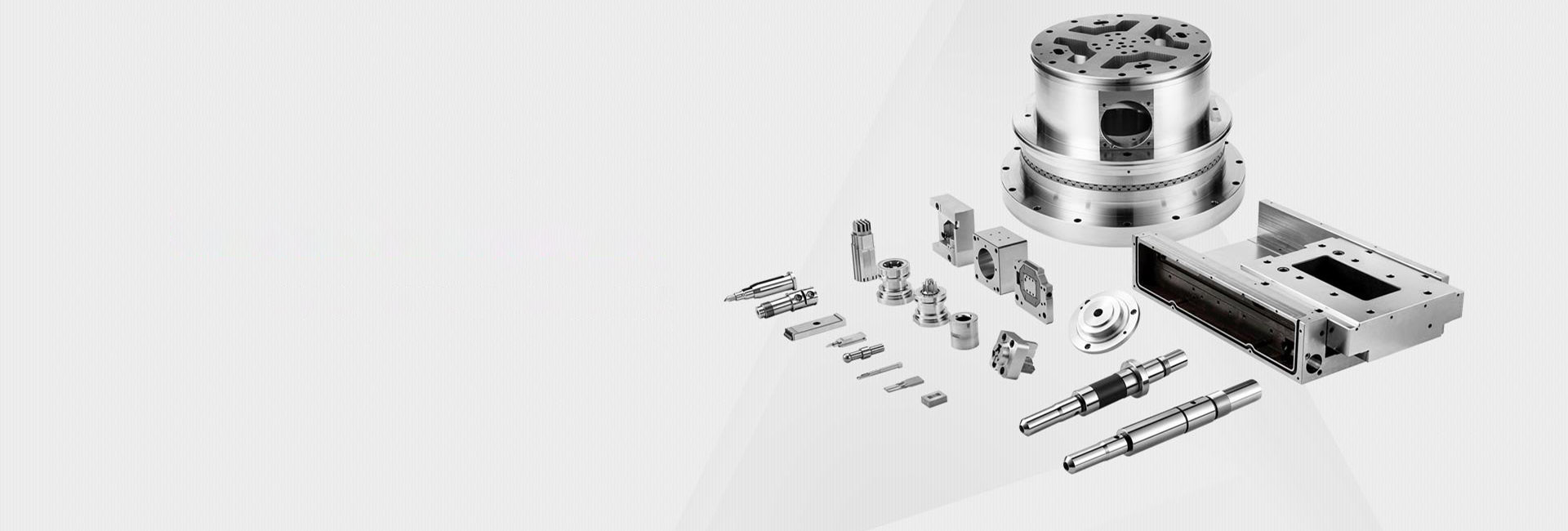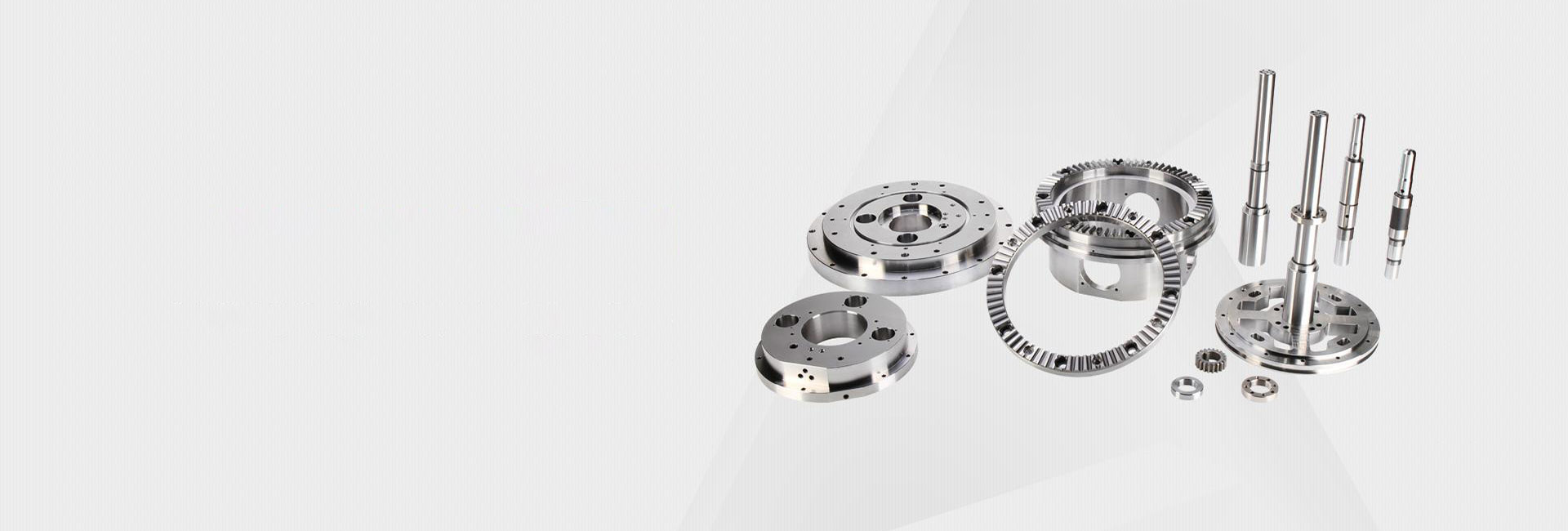Mastering Composite CNC Machining: Solving Common Challenges and Pitfalls
Hey there, fellow engineers and procurement pros! 👋 Ever felt that sinking feeling when a high-value composite part comes off the CNC machine with frayed edges, delamination, or just doesn't meet the spec? You're not alone. Working with composites like carbon fiber or fiberglass is a whole different ball game compared to metal. The unique challenges can eat into your productivity and profit if you're not prepared. So, what are these common headaches in the composite CNC machining process, and how can we tackle them? Let's dive right in and unpack this together! 🔧
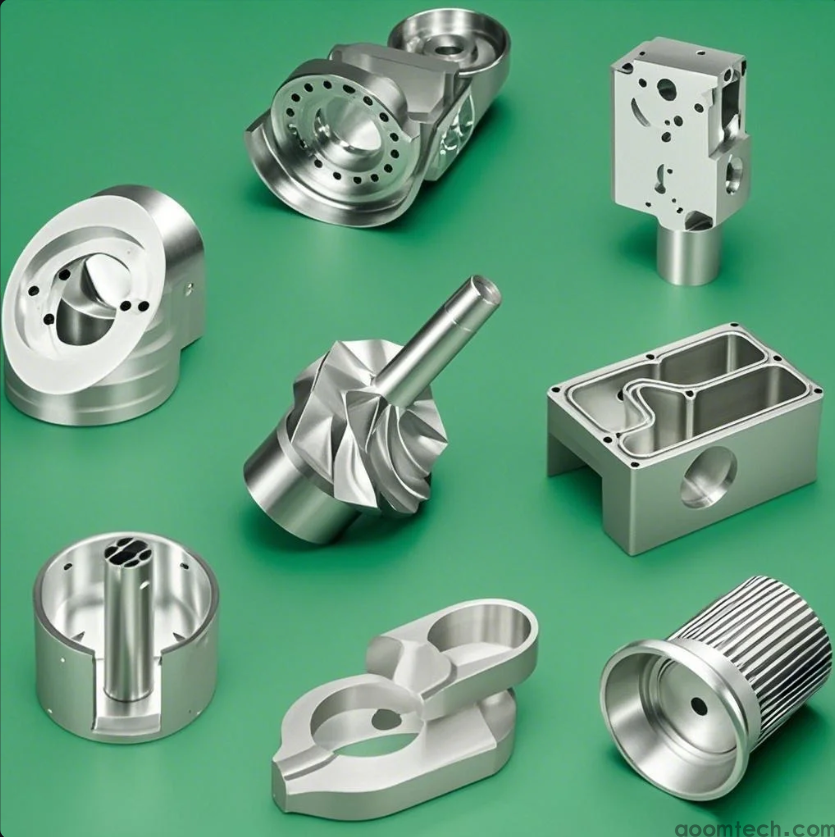
Why is Composites Machining So Tricky Anyway?
First things first, you can't solve a problem you don't understand. Composites aren't uniform. Think of them as a strong but delicate sandwich. You have super-hard reinforcing fibers held together by a softer polymer resin. This "hard-soft" combo is the root of most machining woes. When you cut into it, the tool is dealing with two very different materials at once, which can lead to a messy finish or, worse, hidden internal damage. It's this fundamental mismatch that makes the entire CNC machining workflow for composites a delicate balancing act.
Top 3 Headaches in Composite CNC Machining (And How to Fix Them)
Let's get into the nitty-gritty. Here are the problems that probably brought you here.
1. Taming the Beast: Tool Wear and Tear 🐲
Those abrasive carbon fibers chew up standard cutting tools for breakfast. You might find your tools getting dull way faster than with aluminum, leading to poor quality cuts and increased costs.
What you can do:
- Diamond-Coated Tools are Your Best Friend: Seriously, don't cheap out here. Polycrystalline diamond (PCD) tools resist abrasion incredibly well, giving you a consistent cut and longer tool life.
- I've found that using specialized tool geometries designed for shearing rather than plowing through fibers makes a world of difference. It's a bit more upfront cost, but it saves you from downtime and scrapped parts.
2. Avoiding Frays and Splinters: Delamination & Fiber Pull-Out
This is the most visible and frustrating issue. Instead of a clean cut, the top or bottom layers of the composite separate, or fibers get yanked out, leaving a rough, weak edge.
What you can do:
- Get Your Speeds and Feeds Dialed In: This is more art than science sometimes. Running the spindle too slow can cause the tool to grab and tear fibers. Too fast, and the heat can melt the resin. You need to find that "Goldilocks zone."
- Clamp It Like You Mean It: Proper workpiece support is non-negotiable. Any vibration or movement during machining is a recipe for delamination. Using a rigid fixture and sacrificial backing plates can help support the edges and prevent breakout.
Having said that, the exact interaction between tool helix angle and specific resin types is something I'm still learning about—the precise mechanism sometimes feels like it needs more digging into. 🤔
3. The Silent Killer: Heat Generation and Dust Control
Heat is a stealthy enemy. Too much of it can degrade the resin that holds your composite together, weakening the part structurally. And let's not forget the dust—composite dust is nasty stuff for both the machine and, more importantly, operator health.
What you can do:
- Coolant or No Coolant? It's Complicated: With some composites, especially those that absorb moisture, using a liquid coolant is a bad idea. High-Pressure Air Blast is often a better choice to clear chips and cool the tool without contaminating the part.
- Invest in a Top-Notch Dust Extraction System: This isn't just a housekeeping issue; it's a critical part of the machining process. A good vacuum system at the point of cutting keeps the work area safe and prevents dust from damaging your CNC machine's components.
My Take: It's All About a System, Not Just a Setting
After wrestling with these materials for a while, my biggest insight is this: you can't just fix one thing. Success in composite machining comes from a holistic approach. It's the combination of the right tool, the perfect parameters, rock-solid workholding, and effective dust management all working together. Focusing only on cutting speed might suggest an improvement, but if your workpiece isn't supported correctly, you'll still get a bad part. It's a system, and every piece of the puzzle matters.
So, the next time you're planning a job, think of it as a symphony, not a solo performance. Get all the elements in harmony, and you'll be machining tough composites like a pro. 👍
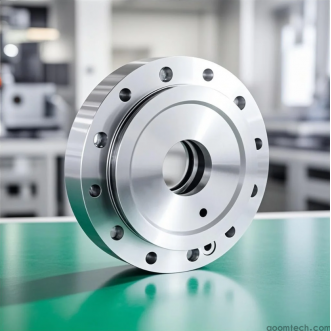 How to Find Reliable CNC Machi
How to Find Reliable CNC Machi
 How to Find Reliable CNC Machi
How to Find Reliable CNC Machi
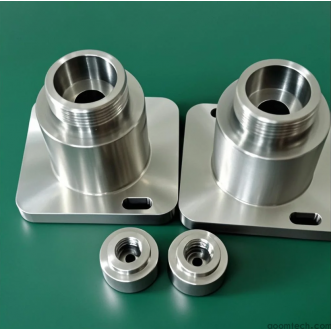 How Much Does Small Batch CNC
How Much Does Small Batch CNC
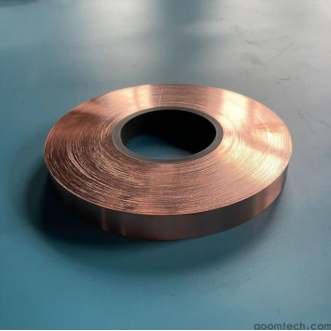 How to Prevent Deformation in
How to Prevent Deformation in

